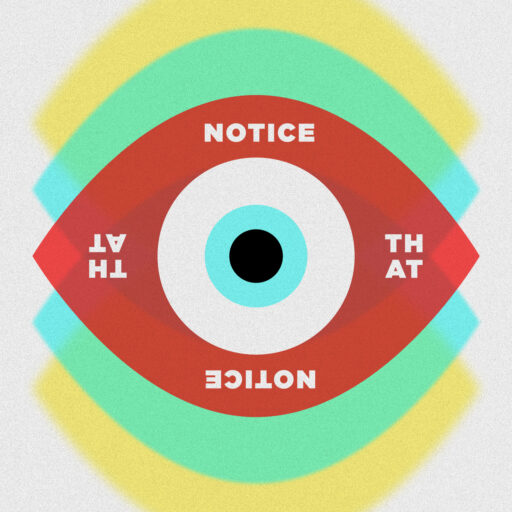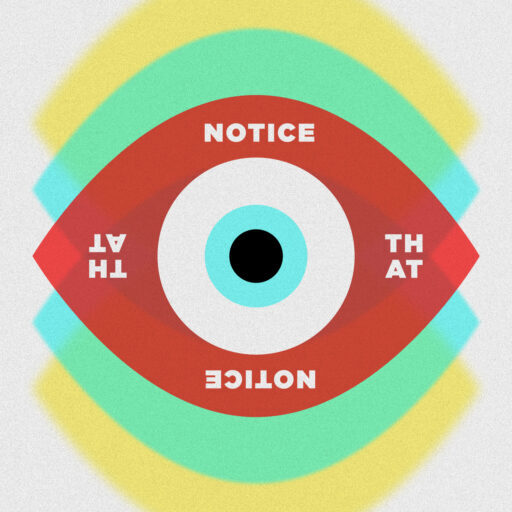Polyvagal Theory and EMDR w/ Kids – Jackie Flynn (70)

Welcome our special guest, Jackie Flynn! Jackie and the hosts discuss the integration of polyvagal theory, EMDR, and play therapy.
- EMDRIA approved consultant
- Registered Play Therapist and trainer for the Association for Play Therapy
- Advanced training provider
- Check out her trainings here!
- Listen to her Play Therapy podcast here!
Polyvagal Theory & EMDR
- Before learning about polyvagal theory, Jackie describes being rigid in therapy.
- Her deep desire to provide therapy with fidelity, kept her tied to protocols.
- Since integrating polyvagal theory, Jackie has gained confidence in her intuition during sessions.
- A significant difference lies in the way she gathers and processes targets.
- Before, she and the client would talk about what happened, the specifics of the event.
- Now, the way their autonomic nervous system responded to the event is the focus.
- Additionally, she teaches clients to recognize their state (dorsal, sympathetic, ventral).
- This recognition isn’t met with shame, but curiosity.
- “I sucked this week” vs “What did my autonomic nervous system need?”
Integrating Nature, Polyvagal Theory, and EMDR
- Listen to Jackie describing her sessions on the beach (13:36)
- Jackie uses walking down the beach as the bilateral stimulation
- Because EMDR doesn’t have to look like a standard protocol in an office with a device.
- We can get creative with how we do EMDR once we have an understanding of reprocessing and resourcing
- All while still meeting the goals outlined by EMDRIA
Safety & Connection
- Jackie’s client case (21:03)
- Familiarity, predictability, safety, and connection are all pillars of polyvagal theory.
- Mom provided a sense of safety and connection for the client in this new space.
- Mom conducts the BLS because he feels safe with mom.
- Before integrating this knowledge, Jackie wouldn’t have had mom in session and would have likely skipped BLS.
- Polyvagal theory adds even more understanding, insight, and awareness to EMDR
“Our training incorporates polyvagal theory, attachment, and AIP altogether. So when we look at a case with these lenses, we can do EMDR with such greater purpose, intention, and awareness of what we’re doing and why we’re doing it.”
Being With
- If you pull back, you can actually be with the clients, instead of shutting down.
- Sometimes that means you have a tear in your eye, feel the heaviness in your heart, notice the intonation of your voice change
- Co-regulation = I am with you.
- Through a strong relationship, an intentional invitation into co-regulation, and safety and connection
- You have the ability to be with your clients, even when you’re not in the therapy room.
“Once you’ve met me, and we’ve had the experience of seeing and encountering one another, you take me with you wherever you go, just as I take you with me.”
EMDR, PVT, and Intuition
- One of the best learning experiences comes through struggle.
- Being a play therapist has helped decrease rigidity.
- Every time a question is asked, it pulls the client into their left hemisphere
- So, sometimes you have to tease out the procedural steps yourself.
- For example, when a child is screaming at the stuffed animals to eat their meals,
- The therapist can verbalize the worst part, the emotion, and the physical sensation.
- In our training, we accidentally learn how to leave ourselves out of the room.
- To show up as a therapist, not a fully human therapist.
- While learning the EMDR script is helpful while being trained,
- The goal is to become familiar enough with it that you can allow your intuition to lead the session
- Because your body is going to know and communicate what’s going on.
“Intuition comes with experience, practice, and being attuned.”
Feeling felt
- Mwe (me + we)
- When we feel felt with each other
- We transcend the I and You.
- We’re now in the third, the mwe.
- That’s co-regulation
Examples:
- Listen to Jackie describing her sessions on the beach (13:36)
- Jackie’s client case (21:03)
- Turning aggression and dysregulation into a target during sand tray (38:58)
- Jackie on PVT with couples therapy (52:27)
- Bridger’s couple example (58:05)
Mentioned resources
- Deb Dana – Glimmers & PVT
- Dr. Siegel – Mindful therapist
- Bill Breslin – Certification Consultant
- Lisa D – Synergetic Play Therapy Institute, Aggression in Play therapy
- Bonnie Badenoch – the internalization of co-regulation
- Marshall Lyles – EMDRIA approved consultant in Austin
- Deb McManus – animal system play therapist
- Dr. Arielle Schwartz – Somatic Psychology
- Dr. Porges – “we all want to feel safe in the arms of others.”
- GTEP – group traumatic event protocol
- Claire Mauer – The less we can talk the better.
Did you know? After full completion of Beyond Healing Institute’s Somatic Integration and Processing training, each participant can receive 21 NBCC hours.
Beyond Healing Center
- Visit our website for all things BHC
- Contact us about retreats and therapy
- Contact us about training and consultation
Beyond Healing Media
- First, listen to our past episodes of NT here
- Then, check out more Beyond Healing podcasts
- Give your support and gain access to exclusive content through Patreon
Interested in supporting a child?
- https://www.patreon.com/BurntOutEducator
- 100% of the proceeds donated to the Burntout Educator will provide therapy for a child in the public school system.
- Not therapy capped at a certain number, but an open-ended relationship with a highly qualified therapist in the BHC network.






